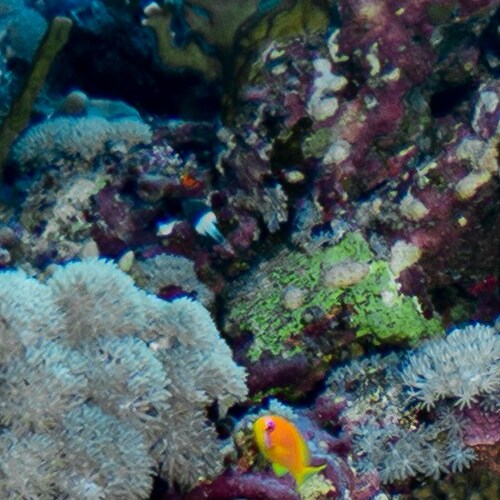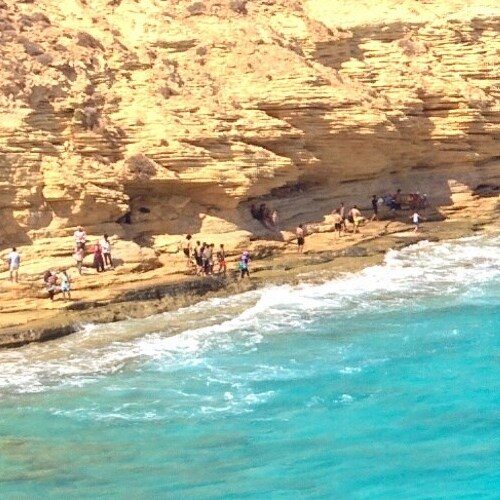Red Sea Gem
History of Marsa Alam
Marsa Alam, once a sleepy fishing village, is now a flourishing tourist destination with a rich historical background. Here’s an overview of its intriguing history:
- Prehistoric Significance
- Evidence of Stone Age settlements can be found in rock inscriptions and paintings in the surrounding mountains, depicting hunting scenes with animals like giraffes, ostriches, and hunting dogs.
- Wadi Hammamat and Ancient Trade Routes
- Located near El Quseir, Wadi Hammamat is famous for its graffiti dating from Pharaonic times, including reed boat drawings from around 4000 BC.
- The valley served as a major trading route between ancient Thebes (Luxor) and the Red Sea, linking to Asia through El Quseir and the Silk Road.
- Marsa Alam’s Ancient Mines
- The area around Marsa Alam was rich in minerals like copper, lead, gold, emeralds, and semi-precious stones.
- Known for the world’s first emerald mines, it was the sole source of emeralds for the Roman Empire.
- The mines, also referred to as Cleopatra’s Mines, were likely operational during the Ptolemaic period and possibly even earlier.
- Roman and Ottoman Influence
- During Roman occupation, Marsa Alam was an important harbor and later a vital location for emerald mining.
- The Ottomans built a fort in El Quseir in 1571 to protect the harbor and trade routes. This fort and town are a short excursion from Marsa Alam.
- Modern Developments
- Gold mining has resumed in the area with modern technology, providing employment alongside the growing tourist trade.
- The construction of roads and development of infrastructure has transformed Marsa Alam into a significant tourist destination.
- French and British Occupation
- The French army seized El Quseir and the fort in 1799, later followed by British forces in 1801, highlighting the strategic importance of the region.
In summary, Marsa Alam’s history is marked by its prehistoric settlements, ancient trade routes, and significant mineral wealth, particularly in emeralds. The influence of various empires over the centuries has left a rich historical legacy, which, combined with its natural beauty, makes Marsa Alam a fascinating destination for both leisure and historical exploration.
Created On 1 Jan 2019
Updated On January 28, 2024
MARSA ALAM Travel Guide



